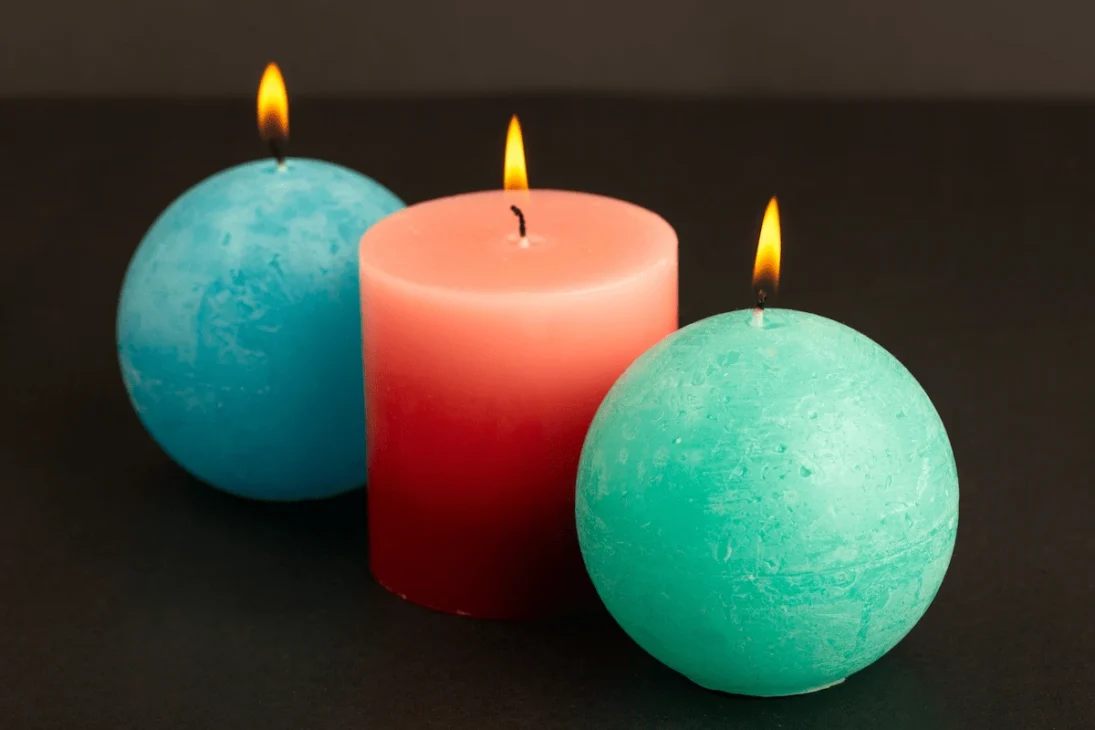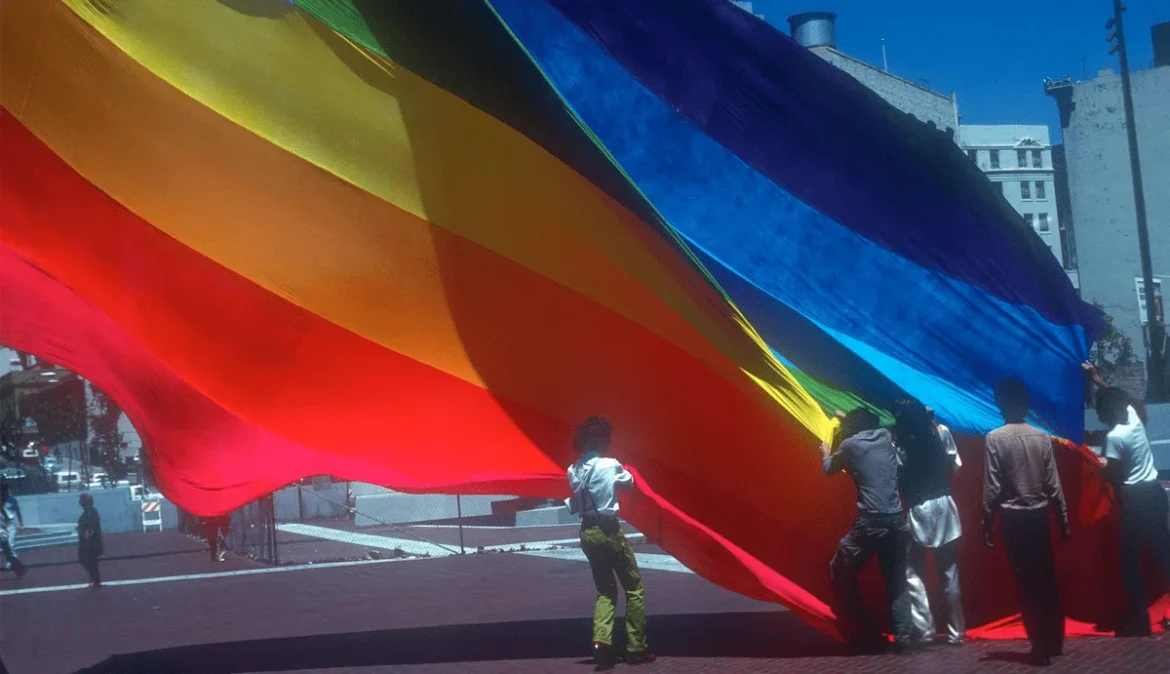The Symbolic Meaning of Colors: Shades That Shaped History

For years, you’ve had a favorite color, maybe the calming blue of your bedroom walls, the fiery red of a lipstick, or the soft pink of your phone case. But have you ever stopped to wonder about the symbolic meaning of colors? From Roman emperors draped in purple to modern brands using shades to shape identity, colors have influenced civilizations for centuries, impacting politics, religion, fashion, and culture.
Their influence didn’t begin with style alone. Some colors gained meaning through power and authority, like royal purple, while others emerged from ritual, spirituality, or the rarity of certain pigments. Long before closets and Instagram feeds, colors were political weapons, sacred markers, and cultural signatures.
Power Draped in Color

Purple’s link to royalty began with scarcity: 10,000 murex snails were needed for just one gram of Tyrian dye, making it a luxury only the powerful could afford. Roman senators marked their rank with purple stripes, while emperors draped themselves in it as the ultimate symbol of authority.
From Byzantine heirs (successors to the Eastern Roman Empire) to Maya and Inca rulers (elite leaders of pre-Columbian civilizations), reserving rare dyes for the elite, purple signified exclusivity across civilizations. Though 19th-century synthetic dyes made purple accessible, it still signals prestige today, from Cadbury wrappers to royal ceremonies.
From prehistoric cave paintings with red ochre to today’s political movements, red has always symbolized intensity and urgency. Its long wavelength makes it the most stimulating color to the human eye, linked to passion, blood, and danger. In Christian art, red meant sacrifice, while centuries later it became the color of revolution, appearing on flags from the French Revolution to the Soviet Union. Across cultures, red continues to embody both life and upheaval, a color that commands attention and sparks emotion.
Gold gleamed with dual meaning: both a treasure of kings and a sign of divinity. In the Bible, sacred objects like the Ark of the Covenant and temple lampstands were overlaid with pure gold, symbolizing God’s presence and purity. The process of refining gold, burning away impurity, became a spiritual metaphor for purification.
Kings such as Solomon displayed gold as proof of divine favor, blending material splendor with spiritual authority. Even today, gold carries echoes of holiness and sovereignty, standing at the meeting point of earthly wealth and sacred power.
Sacred Shades in Religion and Ritual

Colors have always been central to how people connect with the divine, carrying meanings that shift across faiths and cultures. In Christianity, white marks purity, black signals mourning during Lent, green celebrates renewal at Easter, and blue evokes heaven and peace.
In Hinduism, red stirs passion and joy in weddings and festivals, while yellow honors knowledge and learning. Buddhism values yellow for humility and enlightenment, and red for vitality in meditation.
Islam elevates green as a symbol of paradise and nature, while blue reflects the boundless nature of God. Sikhism turns to saffron for courage and sacrifice, the color of the Sikh flag, while blue represents humility and devotion.
Other traditions echo this reverence for color: in Chinese belief, red brings luck and prosperity while white marks funerals, and in Native American practices, red connects to the earth and fertility while blue links ceremonies to the sky and spirit world, each reflecting the symbolic meaning of colors across cultures.
Color as a Symbol of Life and Death

Colors carry some of the deepest associations with the human experience, especially when it comes to life and death. According to Color With Leo, green is often called the “color of life,” tied to growth, renewal, and springtime rebirth. Pink evokes nurturing and new beginnings, while yellow, radiant like sunlight, radiates energy, optimism, and vitality.
On the other end of the spectrum, black has long represented death, mourning, and the emptiness left by loss. White, though commonly linked with purity, also symbolizes mortality in many traditions, appearing in funeral attire and burial shrouds from East Asia to Hindu widowhood. Purple, meanwhile, once marked aristocratic grief in Europe, giving mourning a solemn dignity.
Some colors sit in between, bridging the realities of living and dying. Red embodies both vitality and bloodshed, capturing the cycle of passion, violence, and loss. Orange reflects growth and decay, like autumn leaves signaling impermanence, while brown grounds us in earth and soil, symbolizing both decomposition and rebirth.
Together, these shades reveal what Color With Leo calls the “fluid duality between living and dying.” They remind us that color symbolism is never static; life, death, and renewal are woven into every hue.
Fashion and Social Movements

In the 2010s, millennial pink emerged as more than just a color trend. It became shorthand for rejecting rigid gender binaries. Blending softness with boldness in a way that resonated across design, fashion, and branding. No longer confined to “feminine,” the shade signaled inclusivity and playfulness, proof that a single hue could carry cultural commentary.
The rainbow flag, designed by Gilbert Baker in 1978, expanded this idea into a universal symbol. Each stripe represented aspects of life, red for vitality, green for nature, and blue for serenity, together forming a banner of LGBTQ+ pride. Over time, it has evolved into variations like the Progress Pride Flag, reflecting ongoing fights for recognition and equality.
Where pink questioned old gender codes, the rainbow turned diversity itself into a powerful emblem of identity and belonging.
Shades in Modern Psychology and Marketing
Beyond social movements, color also drives perception in business and everyday life. Red drives urgency; why clearance tags and Coca-Cola branding lean on it. Blue signals reliability, which is why tech giants like Facebook use it, though in other cultures its meaning can shift. Green dominates eco-friendly companies such as Whole Foods for its instant sustainability cue. Even at home, we use calming neutrals for bedrooms, energizing yellows for kitchens, and grounding earth tones in living spaces.
Because businesses rely on emotional reactions, they treat color less as decoration and more as persuasion. Research shows that up to 90% of snap judgments about products are based on color alone, underscoring how deeply shades shape perception and behavior.
The Symbolic Meaning of Colors: A Living Language
Colors are a living language that shapes how we see power, faith, and identity. They’ve crowned rulers, sparked revolutions, and marked moments of mourning and celebration. Every choice, whether a flag, a brand, or your own clothes, connects you to that history.
The symbolic meaning of colors reminds us that every shade tells a story linking our present choices to humanity’s oldest traditions.
FAQs About The Symbolic Meaning of Colors
Can colors influence emotions universally?
Colors often trigger similar feelings, like red for urgency or blue for calm, but interpretation can vary by culture. For example, red symbolizes luck in China but danger or love in the West. Context matters when using color in design, marketing, or personal spaces (Insights Psychology, 2025).
How can I use color to improve my environment?
Choose shades based on your goals: soft blues and greens for relaxation, yellows and greens for creativity, and neutral tones with pops of color to balance energy.
Can color help in therapy or mental health?
Yes, color therapy, also known as chromotherapy, utilizes colored lights to improve physical and mental health. For example, green has been found to have a soothing impact on physical discomfort, and blue light can help reduce stress and anxiety. However, more scientific research is needed to fully support its claimed benefits (Healthline).


